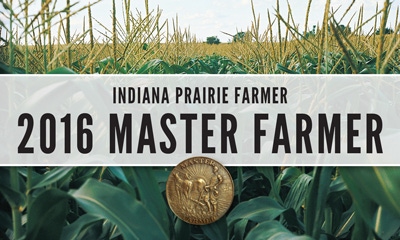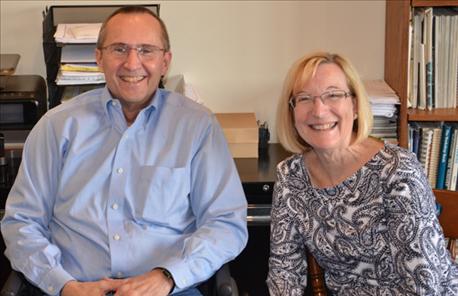
Just how flexible is Dan Gwin when it comes to managing his farm? He made two major decisions for 2016 that will significantly impact how he operates. And he made both decisions only after running numbers, crunching budgets, analyzing the results and weighing the options.

Making decisions is one thing. Having the courage to execute them when they involve major changes is another. Gwin, Linden, has that kind of courage, which creates flexibility in his operation. But then, when it comes to talking through decisions, he has one of the best sounding boards anyone could have. Whether she acknowledges it or not, his wife and lifelong partner, Donya Lester, gets a lot of credit from Gwin when it comes to helping him work through and carry out tough decisions.
Crop mix
Gwin's first big change for 2016 is the crops growing in the field. For 19 years he didn’t grow a single bushel of corn or soybeans that he didn’t know would fetch a premium when he planted the seed. Through careful management and marketing, he made specialty crops his edge, which helped him keep his operation profitable.
He’s still growing seed beans at a premium this year. But he’s not growing specialty corn. He planted commercial hybrids this spring.
Was it a fluke? Not hardly. He reached that decision after careful analysis of budgets and looking for what appeared to be best for the business in the long run.
“We grew white corn for the past five years,” Gwin explains. “The corn was going to a plant in Farmersville, Ill. There was opportunity for good premiums in white corn when we switched to that crop, but the premiums were decreasing.”

FACE CHALLENGES ONE AT A TIME: Dan Gwin and his wife, Donya Lester, run every possible scenario before making major decisions about the farm operation.
Premiums weren’t the only factor that weighed in on the decision, Gwin adds. Trucking was an expensive proposition. Plus, he questioned whether the genetics available to him in white corn hybrids were keeping up with yield potential possible with commercial yellow hybrids.
So he switched to commercial hybrids this year. And while it’s technically not specialty corn, he still has a marketing edge. He expects most of his corn will wind up at an ethanol plant located within a few miles of his farm. He will market his crop through a grain merchandiser that supplies corn to the ethanol plant. With such a high demand for commercial corn so close, it usually helps the basis and results in a higher price than someone located elsewhere might receive.
More change
Gwin has developed not one, but two very efficient grain drying and storage setups over the years. He stores all the corn at one facility, and takes all of his seed beans to the second facility. Since he grows seed beans, keeping them separate from corn storage is a plus. The soybean handling facility is set up specifically to handle and treat the crop as seed.
His corn setup features the ability to handle a lot of grain quickly. He can load out a semitrailer in five to seven minutes. He doesn’t see any big bottlenecks developing, even if he harvests more bushels after the switch from white corn to yellow corn.
The other big change on Gwin's farm for 2016 is the color of his equipment. He traded several pieces of green equipment for red equipment just before the end of 2015. Again, he made the decision only after hours and hours of crunching budgets and weighing options.
“It was purely a business decision,” he explains. “Our equipment was getting older and our repair bills were getting higher each year.
“It may not have seemed like a good time to trade, with lower prices, but when we worked out all the implications, it made sense economically. Otherwise, we wouldn’t have done it.”
One factor influencing the machinery swap was the manufacturer’s interest in moving equipment. They worked with the dealer to offer incentives that made the deal more attractive for Gwin.

About the Author(s)
You May Also Like




